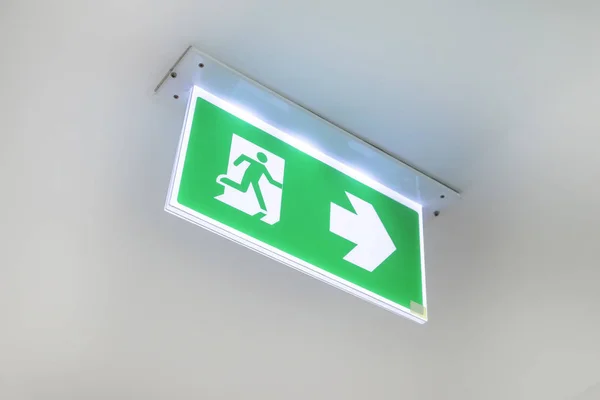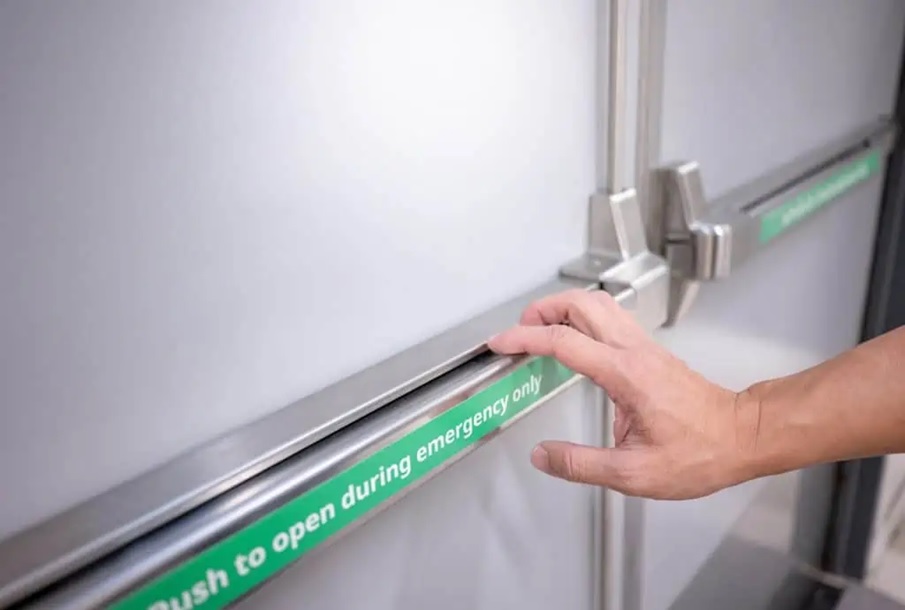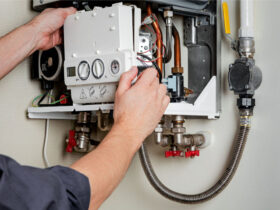In the realm of building safety, one of the most critical aspects is ensuring that occupants can quickly and efficiently evacuate in the event of an emergency. Whether in a commercial space, educational institution, or public building, the ability to exit rapidly can be the difference between safety and tragedy. One of the most effective tools in facilitating safe and orderly evacuations is the installation of panic door bars. These devices are not only essential for meeting regulatory requirements but also play a significant role in enhancing the overall safety of a building.
Understanding Panic Door Bars
Panic door bars, often referred to as crash bars or push bars, are horizontal mechanisms installed on exit doors that allow the door to be opened by applying pressure to the bar. This design ensures that a large number of people can exit a building quickly, without the need to turn a knob or handle, which can become a bottleneck during emergencies.
These bars are a standard feature in many modern buildings, especially those with high occupancy rates. The importance of panic door bars cannot be overstated, as they are designed to function even under extreme conditions, ensuring that exits remain accessible when they are needed most.
Compliance with Safety Regulations
Panic Door Bars are not just a safety enhancement; they are often a regulatory requirement. Building codes in many regions mandate the installation of these bars in buildings that accommodate a large number of people. For example, the International Building Code (IBC) and the National Fire Protection Association (NFPA) standards require that panic bars be installed on doors leading to exit routes in places of assembly, educational institutions, and other high-occupancy buildings.
Compliance with these regulations is crucial not only for legal reasons but also to ensure the safety of occupants. Failure to install panic door bars where required can result in significant penalties and, more importantly, increased risk to human life in the event of an emergency. Therefore, building owners and managers must prioritize the installation and maintenance of panic door bars as part of their overall safety strategy.
Enhancing Emergency Preparedness
The installation of panic door bars is a proactive measure that significantly enhances a building’s emergency preparedness. In a crisis situation, such as a fire, earthquake, or security threat, the ability to exit quickly can prevent injuries and save lives. Panic door bars are designed to function reliably even when occupants are under stress, ensuring that exits are accessible with minimal effort.
Moreover, panic door bars are particularly effective in situations where large crowds need to evacuate simultaneously. Their design allows multiple people to push against the bar at the same time, ensuring that the door opens quickly without the need for coordination or delay. This feature is especially important in high-stress environments, where confusion and panic can lead to dangerous situations.
Maintenance and Regular Inspections
While the installation of panic door bars is crucial, their effectiveness depends on proper maintenance and regular inspections. Over time, these mechanisms can wear down or become damaged, compromising their functionality. Regular maintenance ensures that panic door bars remain in good working condition, ready to function correctly when needed.

Building managers should implement a routine inspection schedule to check for any signs of wear, damage, or tampering. Additionally, it is important to ensure that the doors equipped with panic bars are not obstructed and that the bars themselves are not blocked or locked in a way that would prevent them from operating. By maintaining these devices in peak condition, building owners can ensure that their emergency exits remain fully functional at all times.
Integration with Other Safety Systems
Panic door bars are just one component of a comprehensive building safety strategy. To maximize their effectiveness, they should be integrated with other safety systems, such as fire alarms, emergency lighting, and evacuation plans. For example, when a fire alarm is triggered, the panic door bars should automatically unlock to ensure that all exits are immediately accessible.
Additionally, panic door bars can be connected to security systems to prevent unauthorized access while still allowing for emergency egress. This dual functionality is particularly important in buildings where security is a concern, such as schools, hospitals, and government buildings. By integrating panic door bars with other safety and security measures, building managers can create a safer environment for occupants.
Conclusion
Panic door bars are a vital element in building safety, providing a reliable and efficient means of egress during emergencies. Their role in enhancing emergency preparedness, ensuring compliance with safety regulations, and integrating with other safety systems makes them an indispensable part of any building’s safety infrastructure. By prioritizing the installation, maintenance, and regular inspection of panic door bars, building owners and managers can significantly reduce the risks associated with emergency evacuations, ultimately protecting lives and property.





